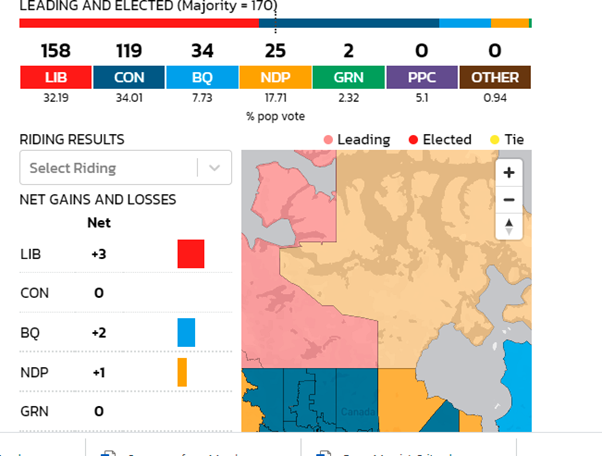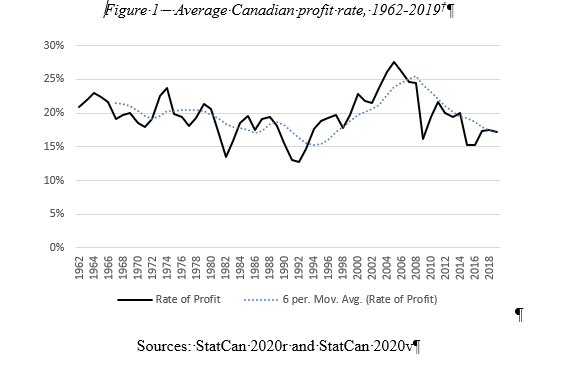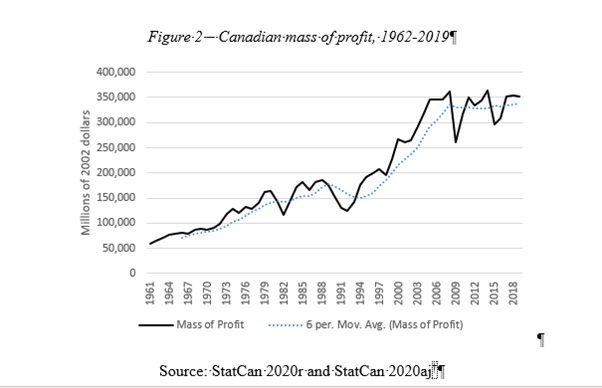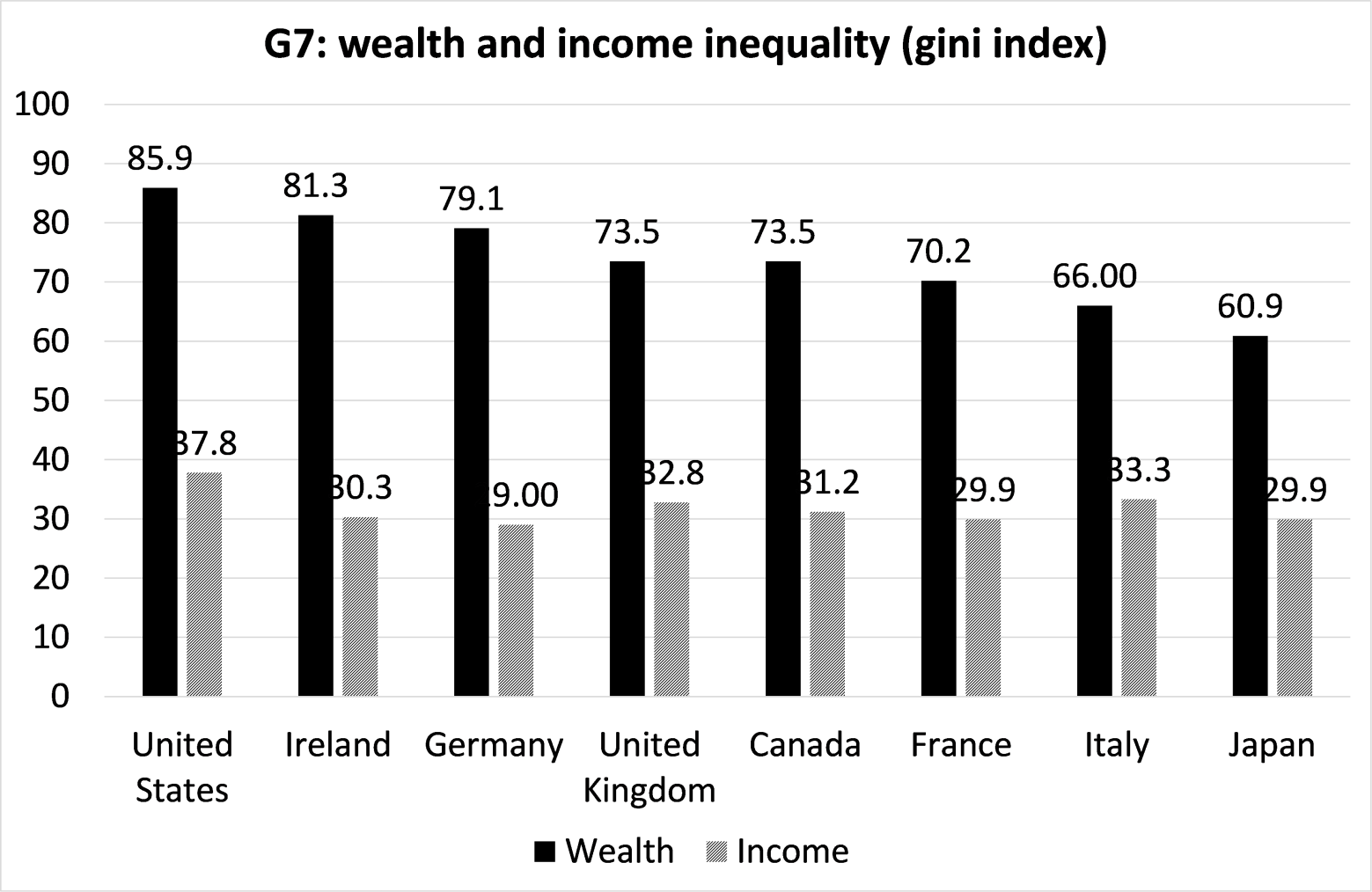https://www.epi.org/blog/abolish-the-debt-ceiling-before-it-commits-austerity-again-the-gop-used-the-debt-ceiling-to-force-spending-cuts-in-2011-it-cant-be-allowed-again/
In a political system beset by many stupid and destructive institutions, the statutory limit on federal debt might be the worst. The debt limit:
- Measures no coherent economic value. The measure of debt it targets is not inflation-adjusted, would perversely make the debt situation look worse if there was a reform to Social Security that closed that program's long-run actuarial imbalance, and ignores trillions of dollars in assets held by the federal government.
- Has no relationship to any economic stressor facing the country—over the past 25 years, as the nominal federal debt rose from $5 trillion to $22.7 trillion, debt service payments (required interest payments on debt) shrank almost in half, from 3.0% of GDP to 1.8%.
- Can cause real damage if it's not lifted in the next couple of weeks. It would only take a couple of months of missing federal payments due to the debt ceiling to mechanically send the economy into recession—and that's without assessing damage it would cause from financial market fallouts.
- Has been used time and time again to enforce misguided austerity policies. The 2011 Budget Control Act (BCA) grew directly out of a GOP Congress threatening to not raise the debt ceiling absent spending cuts. The BCA provided an anti-stimulus about twice as large as the stimulus provided by the American Recovery and Reinvestment Act (ARRA—commonly known as "The Recovery Act") and is largely responsible for the sluggish recovery from the Great Recession.
Given all of this, the debt ceiling should be abolished or neutralized in absolutely any way politically possible. It serves no good economic purpose and plenty of malign ones. Below we expand on these points.
Overview of the debt ceiling
The U.S. Treasury draws on banking accounts at the Federal Reserve to fund federal governmental activities—remitting paychecks to federal government employees, sending Social Security checks, reimbursing doctors for treating Medicare-covered patients, paying defense contractors and interest to bondholders and so on. These accounts are fed on an ongoing basis by both tax revenues and the proceeds from selling bonds (debt). But, because the United States has a statutorily imposed limit of how much outstanding debt is allowed, once this limit is reached on issuing new debt, Treasury can no longer sell bonds and deposit these proceeds, and hence accounts at the Federal Reserve will dwindle as they are only now fed by ongoing taxes, which are insufficient to cover all spending. This limit is being rapidly reached and by mid-October (current guesstimate) the Treasury accounts will be too small to finance that day's governmental activities.
The debt ceiling measures no coherent economic indicator
The statutory debt ceiling is a completely arbitrary value—there has never been any economic justification for any of its historical values and it is raised (or suspended periodically) purely based on congressional whim. It is not indexed for inflation, even as federal government payments (like Social Security checks) are so indexed.
Further, it measures gross debt, which includes debt the federal government owes itself. The biggest difference between the debt held by public and gross debt is the Social Security Trust Fund (SSTF). To help pre-fund the now-arrived retirement of the Baby Boomer generation, for years the Social Security system taxed current workers more than what was needed to pay current beneficiaries. The surplus was credited to the SSTF. As dedicated Social Security revenues fall a bit short of benefits in coming decades, the system (as designed) will draw down the SSTF.
But this means that in those years that saw the SSTF rise, this actually inflated measures of gross debt. And it means, for example, that proposals to narrow the long-run actuarial shortfall of the Social Security system would actually see us hit the federal debt limit sooner. How can that make sense?
Finally, the gross debt also excludes the roughly $2 trillion in financial assets (mostly student loans) held by the federal government. Any measure that aims to measure the balance sheet health of an entity probably shouldn't ignore trillions of dollars in assets.
The debt ceiling has no relationship to genuine economic stressors
Higher interest payments that put stress on the federal government's ability to pay and raise the cost of capital for private businesses is the entire economic reason to keep an eye on public debt. But interest rates have collapsed as debt has risen. In 1996, gross federal debt stood at $5.2 trillion. By 2019, it was at $22.7 trillion. Yet in 1996, debt service payments—the interest costs needed to be paid on outstanding debt—were 3.0% of GDP, but by 2019 they were just 1.8%. The reason why interest rates have collapsed while debt has grown is simply that both variables have been driven by pronounced economic weakness over most of the post-2000 period. But the larger point is that the level of gross federal debt has no reliable relationship to any economic stressor faced by governments or households, so hinging something as high stakes as a hard limit on the federal governments' legal ability to borrow on this measure makes no sense.
The debt ceiling will cause a recession if it's allowed to bind spending in coming months
Currently, the Congressional Budget Office (CBO) forecasts a budget deficit of just under 12% of GDP for 2021. The Bureau of Economic Analysis (BEA) indicates much of this was front-loaded—federal government borrowing averaged 16% of GDP for the first six months of the year. For the rest of the year, assume borrowing averaged about 8% of GDP. This is the gap between tax revenues and spending, so if no more borrowing is allowed due to the debt ceiling, it is de facto a measure of how much spending would have to be cut. A spending cut of 8% of GDP is a mammoth shock, and to have it slam into the economy in an instant would be spectacularly damaging.
For comparison, the much-touted private-sector "deleveraging" (an abrupt swing from borrowing to saving) that led to the Great Recession in 2008-09 was about a 9% contraction in spending as a share of GDP—but that was spread over more than two years. This means that the mechanical shutdown of spending caused by hitting the debt ceiling would be sharper and larger than the one that led to the Great Recession. Worse, as the negative fiscal shock ripples through the private economy, the austerity becomes self-reinforcing. Say that in the first month, the 8% of GDP cutback in federal spending has a multiplier of 1.5, so economic activity in that month is slowed by 12% of that month's GDP in total. (While it's true that multiplier effects may well not happen right away, illustratively this is the dynamic we're facing.)
With GDP and incomes 12% lower, tax collections will fall by roughly 4% of GDP. So the next month, not only the original cutback in spending will be needed, but the new and lower tax collections will ratchet down spending even more—and pretty quickly! Normally the federal budget acts as an automatic stabilizer when recessions hit—taxes fall and spending rises and debt increases, all of which spurs economic activity. But a recession caused by an arbitrary legal rule that spending cannot exceed (falling) taxes means that the budget would actually act as an automatic destabilizer.
If the spending cutbacks occur for a month, say, and then federal transfers make up for the lost month, then lots of the damage could be undone pretty quickly. But not all of it. The multiplier effects—the consumption foregone because, say, the workers at diners serving the retirees who didn't go out to eat for a month because their Social Security checks didn't come—will not be made up by subsequent government payments.
Finally, all of this is just a description of the strictly "mechanical" effects of hitting the debt ceiling. The ripple effects stemming from distress in financial markets that would be sparked by missing interest payments on Treasury bonds and bills could be extreme as well. But these mechanical effects are useful to keep in mind when some misleadingly claim that the Treasury can "prioritize" payments to bondholders and hence the US can avoid technical "default." Besides being likely impossible for both logistical and legal reasons, prioritizing interest payments to bondholders just means defaulting even more heavily on Social Security beneficiaries, doctors' reimbursements for seeing Medicare and Medicaid patients, federal contractors' bills, and all other federal payments. And "prioritizing" some payments over others doesn't change the grim mechanical arithmetic run through above.
The debt ceiling is an austerity trump card
People often invoke the damage done by the 2011 showdown over the debt ceiling. They point to stock market losses, increases in "economic uncertainty" indices, and estimates of how much higher interest rates went in the showdown's aftermath. But, they tend to miss what was by far the greatest damage done by the 2011 debt ceiling episode: the passage of the Budget Control Act (BCA), a relatively unknown piece of legislation to the lay public, but one which delivered an anti-stimulus to the U.S. economy about two times as powerful as the stimulus provided by the Obama administration's Recovery Act in 2009.
The BCA's caps on federal spending explain a large part of why this spending in the aftermath of the Great Recession was the slowest in history following any recession (or at least since the Great Depression). This federal spending austerity fully explains why the recovery from the Great Recession was so agonizingly slow. If this spending had instead followed the normal post-recession path, then a return to pre-recession unemployment rates would've happened 5-6 years before it finally did in 2017.
The BCA was the GOP demand for raising the debt limit in 2011, and the Obama administration acquiesced to it. The leverage provided by the debt limit led directly to the worst recovery following a recession since World War II. If the debt ceiling manages to fatally wound prospects for the budget reconciliation bill wending its way through Congress now, we'll see history repeat itself, with fiscal policy turning sharply contractionary in mid-2022 as the boost from the American Rescue Plan (passed earlier this year) begins quickly running out. This leverage the debt ceiling provides to those looking to enforce austerity is its greatest—and often most-overlooked—danger.
The debt ceiling needs to be abolished—either formally or effectively
Given all of this, it is obvious that the U.S. should join the vast majority of rich countries around the world who don't have a debt ceiling. It would be most straightforward if Congress would abolish it straightaway. Alternatively, if a large-enough group of members of Congress demand that the reconciliation bill raise the debt ceiling to some laughably large number ($100 trillion? $500 trillion?), this would effectively abolish it (for arcane procedural reasons I don't understand, under the rules of budget reconciliation the only change that can be made to the debt ceiling is to raise it).
If Congress won't act sensibly, the Biden administration should act unilaterally. There is plenty of support for citing the fact that Congress has given the executive branch conflicting instructions, and, hence the administration is free to choose which path it follows. Congress's taxing and spending instructions require the administration to issue debt to cover the shortfall, yet the debt ceiling would bar debt issuance. One of these congressional "decisions" must be ignored, so, the administration should decide. A more-fun solution—one that highlights the stupidity of the debt ceiling—is minting the trillion-dollar platinum coin. I'm a fan, mostly because of the educational value of it, and because it treats the debt ceiling as a problem with the contempt it deserves.
However it is done, it is imperative to not just squeak through this latest crisis. Either Congress or the Biden administration needs to do future policymakers a huge favor and render the debt ceiling moot forevermore. It's already done enough damage.
-- via my feedly newsfeed













